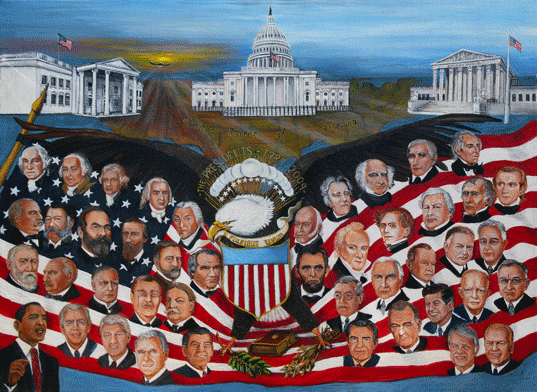I was talking, with a friend who does web-site layouts, about the huge variety of platforms now requiring attention for an application. No longer can you just size any pictures to read well on a 600 x 800 monitor…no you have to consider HD aspect-ratio display formats, high resolution displays, and now iPads and other tablets, smart phones, and various e-readers…high and low resolution…big and small…portrait or landscape orientation.
I recently ‘bought’ a (temporarily) free book on Kindle, Lexi Fairheart and the Forbidden Door, to see how a picture-oriented children’s book worked on a eReader…a Kindle Paperwhite in this case. I had understood that they didn’t work well on that platform. Reading it on the Kindle app on my laptop, the pictures were in color and looked very good, but on the eReader, while they were sized OK, the conversion to black& white made them so dark it was impossible to see any detail…I would suppose a change in the brightness of the pictures with an eye to the conversion might have helped. [Also, the same problem I had with fonts on my own eBook plagued this eBook…the choice of font styles was totally overridden although the size could be altered.]
When I now start to configure pictures for eReaders I face the challenge of what resolution to use, what aspect ratio, and how light or dark to make them. Kindle suggests 500 x 700 pixels for interior pictures and something like 1800 x 2500 pixels for covers, but they caution that you should preview all files on the various target devices to make sure you can accept the result. That is well and good but what it dramatically shows for picture/drawing/graph-oriented books, the highly fragmented viewing market really demands that I prepare different files for each target device. Whatever the capabilities of the operating systems on the devices, they do not intelligently optimize all the various files that they display.
How wonderful it would be if there were a defined standard which, in a single file, would play well across all platforms–probably that is presently impossible…it would require the capabilities of a photo editor program in each device as well as a computer with the graphical layout savvy of a professional designer.

